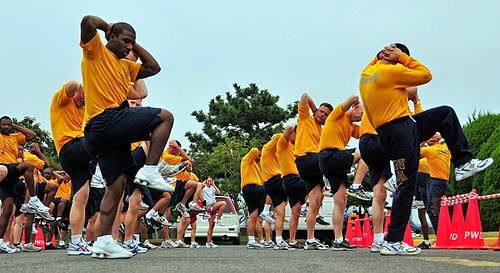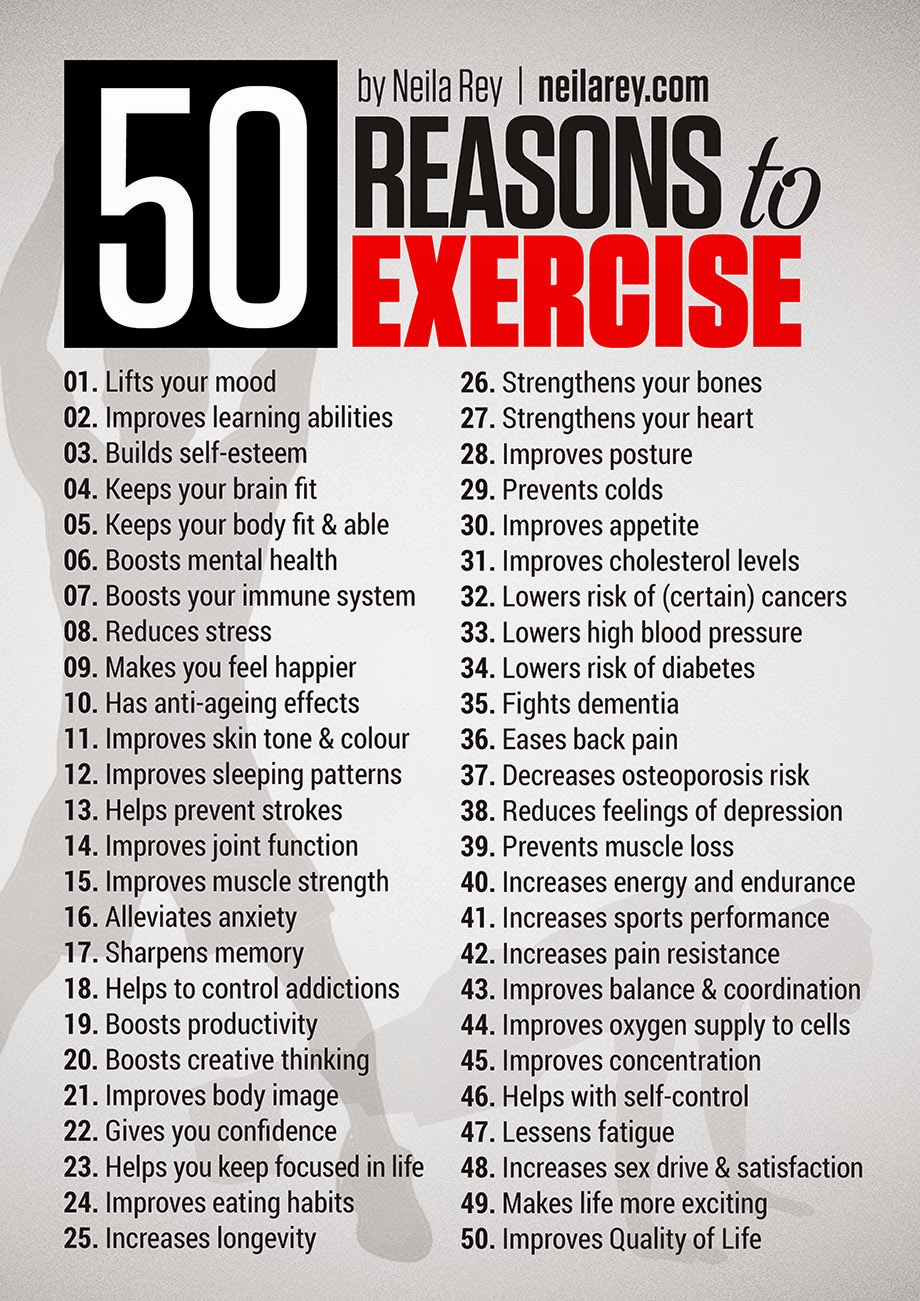In a world filled with hustle and bustle, finding moments of peace and tranquility can be a challenge. Many individuals are turning to yoga, an ancient practice with deep roots in mindfulness and physical well-being, to find that equilibrium between body and mind. Yoga has gained immense popularity in recent years, and for good reason – it offers a multitude of science-backed health benefits that contribute to holistic wellness.
1. Improved Flexibility and Balance
Yoga is renowned for its ability to enhance flexibility and balance. Regular practice of yoga postures, or "asanas," gradually increases your body's range of motion and flexibility. Whether you're attempting a downward dog or a warrior pose, these gentle stretches encourage your muscles to lengthen and become more pliable. Enhanced balance is another perk of yoga, as many poses require concentration and steady alignment, ultimately improving your overall stability.
Studies have demonstrated that consistent yoga practice can significantly improve flexibility and balance, making it an excellent choice for athletes, the elderly, and anyone seeking to enhance their physical capabilities.
2. Stress Reduction and Mental Clarity
One of the most profound benefits of yoga lies in its ability to calm the mind and reduce stress. Through controlled breathing and meditation techniques, yoga encourages the release of stress hormones and promotes relaxation. This mental clarity and reduced anxiety can help improve concentration, mood, and overall emotional well-being.
Research has shown that yoga can reduce the production of cortisol, the stress hormone, leading to decreased stress levels. Additionally, the practice promotes the release of endorphins, the body's natural feel-good chemicals, leaving you with a sense of inner peace and happiness.
3. Enhanced Strength and Muscle Tone
While yoga may not have the same reputation for building muscle as weightlifting or resistance training, it is, in fact, an excellent way to increase strength and muscle tone. Many yoga poses require you to support your body weight, effectively engaging various muscle groups. As you progress in your practice, you'll notice improved muscle tone and increased overall strength.
Furthermore, certain styles of yoga, such as power yoga or Ashtanga, incorporate more intense, muscle-building sequences. So, if you're looking to sculpt your physique while achieving mental clarity, yoga can offer a holistic solution.
4. Better Posture and Pain Relief
In today's digital age, poor posture is a common ailment. Hours spent hunched over computers and smartphones can lead to back and neck pain. Yoga encourages awareness of body alignment and posture, which can help counteract the detrimental effects of modern sedentary lifestyles.
Moreover, yoga can provide relief from chronic pain conditions, such as lower back pain, arthritis, and migraines. Regular practice can increase blood flow, reduce inflammation, and release tension in affected areas, offering natural pain relief.
5. Cardiovascular Health
Yoga is not just about flexibility and relaxation; it can also benefit your cardiovascular health. Certain yoga styles, like Vinyasa and Power Yoga, involve flowing sequences that elevate your heart rate and stimulate circulation. These practices can help lower blood pressure, reduce the risk of heart disease, and enhance overall cardiovascular well-being.
Conclusion
Yoga is more than just a physical exercise; it's a journey towards holistic wellness. The scientific evidence supporting the health benefits of yoga is substantial and continues to grow. Whether you're seeking physical strength, mental clarity, or a respite from daily stressors, yoga offers a comprehensive solution to improve your overall well-being. So, unroll your mat, breathe deeply, and embark on a path of health and harmony through the ancient practice of yoga. Your body and mind will thank you.
Incorporate yoga into your daily routine, and you'll discover a transformative practice that not only improves your physical health but also nurtures your mental and emotional equilibrium. Start today, and unlock the science-backed secrets to mind-body wellness that yoga has to offer.
















